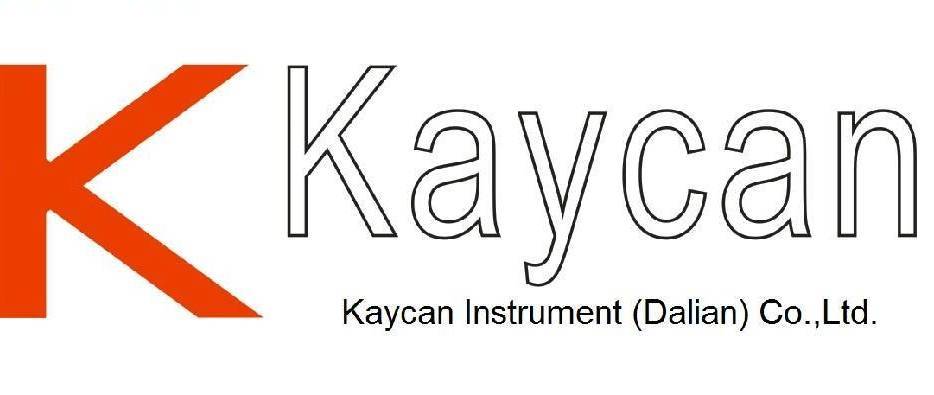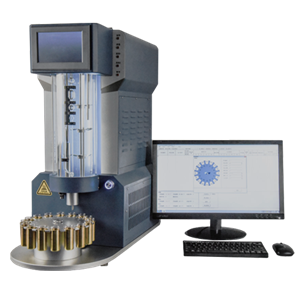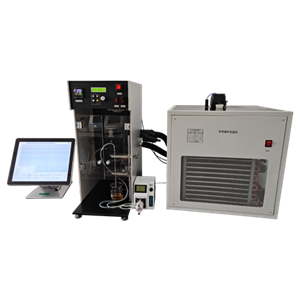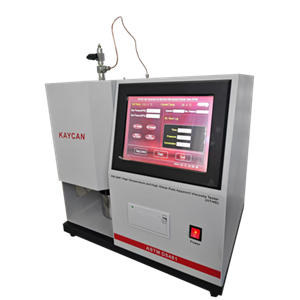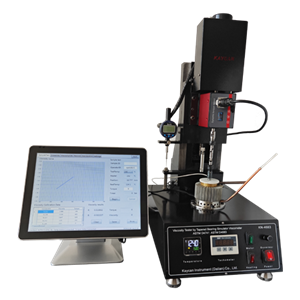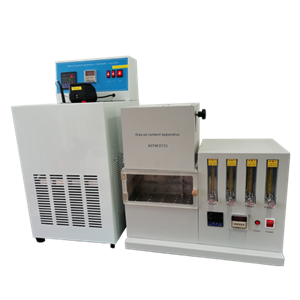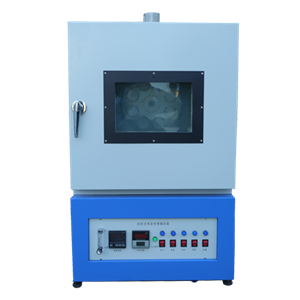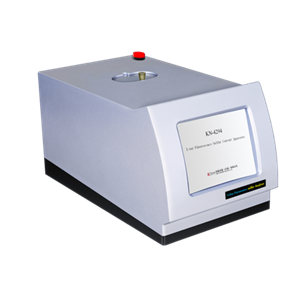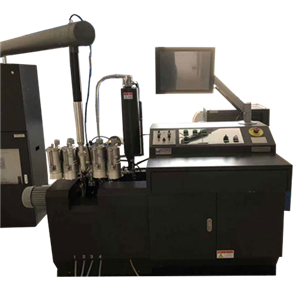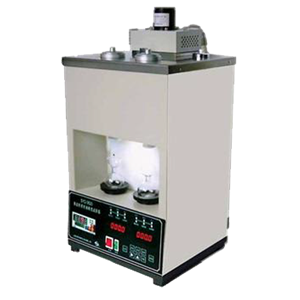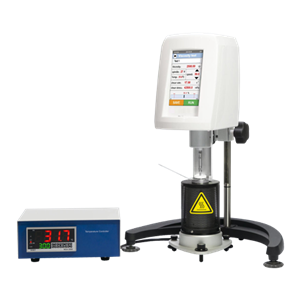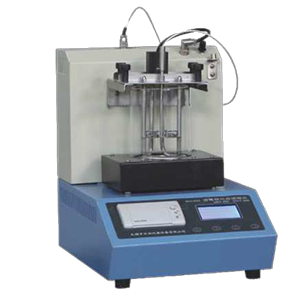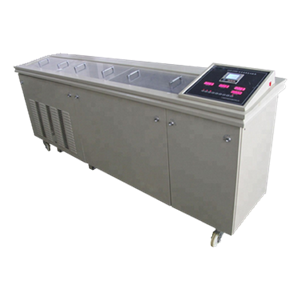-
ASTM D721 Oil Content Of Petroleum Waxes
The oil content of a wax may have significant effects on several of its properties, such as strength, hardness, flexibility, scuff resistance, coefficient of friction, coefficient of expansion, melting point, and oil straining. The importance of these effects may be dependent upon the ultimate use of the wax
Send Email Details -
ASTM D2872 Rolling Thin Film Oven Test
this oven indicates approximate change in properties of asphalt during conventional hot-mixing ar about 150℃ as indicated by viscosity and other rheological measurements.it yields a residue which approximates the asphalt condition as incorporated in the pavement.if the mixing temperature differs appreciably from the 150℃ level. more or less effect on properties will occur. this oven also can be used to determine mass change,which is a measure of asphalt volatility
Send Email Details -
ASTM D4294 Marine Oil XRF Sulfur Content
This tester provides rapid and precise measurement of total sulfur in petroleum and petroleum products with a minimum of sample preparation. A typical analysis time is 1 to 5 min per sample. The quality of many petroleum products is related to the amount of sulfur present. Knowledge of sulfur concentration is necessary for processing purposes. There are also regulations promulgated in federal, state, and local agencies that restrict the amount of sulfur present in some fuels. This tester provides a means of determining whether the sulfur content of petroleum or a petroleum product meets specification or regulatory limits
Send Email Details -
ASTM D2699 Octane And Cetane Test
Research O.N. correlates with commercial automotive spark-ignition engine antiknock performance under mild conditions of operation. Research O.N. is used by engine manufacturers, petroleum refiners and marketers, and in commerce as a primary specification measurement related to the matching of fuels and engines. Empirical correlations that permit calculation of automotive antiknock performance are based on the general equation:
Send Email Details -
ASTM D88 Asphalt Saybolt Viscometer
KN-88 Asphalt Saybolt Viscometer is designed and made as ASTM D88 Standard Test Method for Saybolt Viscosity. It covers the empirical procedures for determining the Saybolt Universal or Saybolt Furol Viscosities of petroleum products at specified temperatures between 21 and 99℃ (70 and 210℉).
Send Email Details -
ASTM D4402 Rotational Viscometer for Asphalt Viscosity
KN-4402 Rotational Viscometer for Asphalt Viscosity conforms to ASTM D4402 Standard Test Method for Viscosity Determination of Asphalt at Elevated Temperatures Using a Rotational Viscometer. A rotational viscometer is used to measure the apparent viscosity of asphalt at elevated temperature. The torque on the apparatus-measuring geometry, rotating in a thermostatically controlled sample holder containing a sample of asphalt, is used to measure the relative resistance to rotation. The torque and speed are used to determine the viscosity of the asphalt in pascal seconds, millipascal seconds, or centipoise.
Send Email Details -
ASTM D36 Automatic Bitumen Softening Point of Asphalt (Ring-and-Ball)
KN-36 Apparatus for Softening Point of Asphalt (Ring-and-Ball Test apparatus) conforms to the ASTM D36 Standard Test Method for Softening Point of Bitumen (Ring-and-Ball Apparatus). The apparatus covers the determination of the softening point of bitumen in the range from 30 to 160°C [86 to 320°F] using the ring-and-ball apparatus immersed in distilled water [30 to 80°C] or USP glycerin (above 80 to 160°C).
Send Email Details -
ASTM D113 Digital Ductilometer (Tensile Load Series) Ductility Test Machine
KN-113 Digital Ductilometer conforms to ASTM D113 Standard Test Method for Ductility of Bituminous Materials. It is suitable to determine the distance to which it will elongate before breaking when two ends of a briquet specimen of the material are pulled apart at a specified speed and at a specified temperature.
Send Email Details
